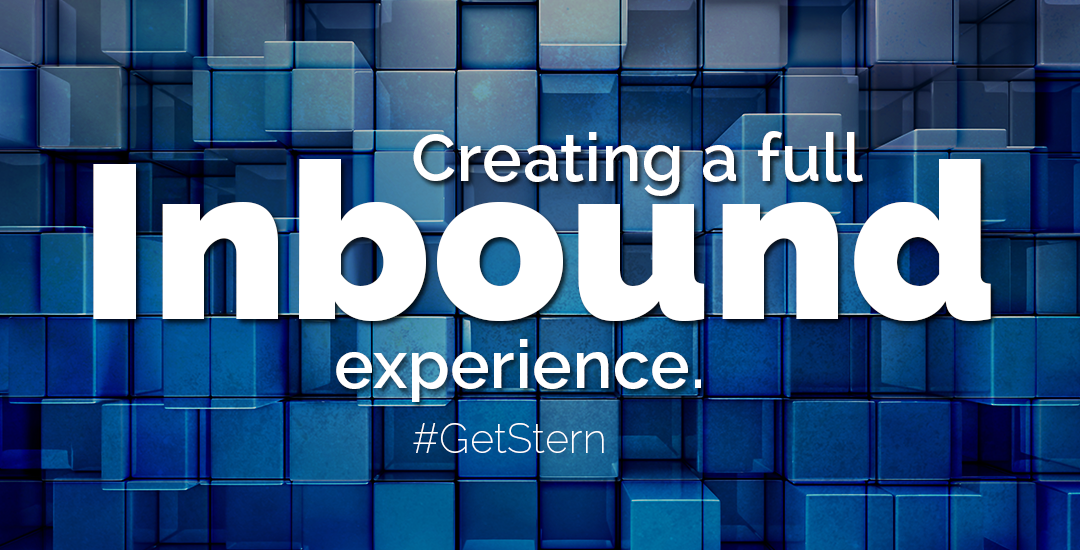At Stern Inbound Marketing, we get questions like this all the time. Even though it’s a relatively new field, our job is to show you, the savvy business-owner, why inbound marketing is a much more successful lead-generation strategy than traditional or outbound marketing.
What is inbound marketing?
According to Hubspot:
Step 1: Attracting Customers
First, you need to determine who to reach out to in order to find our ideal audience. Develop a list of “buyer personas,” i.e., a list of people you think will buy your products. This could look like “an elementary school teacher in California who wonders how to answer student questions about a school shooting” or “A mid-level executive who wants to start her own company but is afraid and unsure of where to start.”
- Blogging: Inbound marketing starts with blogging. Blogging or content marketing is a natural way to incorporate SEO into your site. Begin with a list of blog topics that answer questions people actually search for. Your blog should contain educational and informational content.
- Social media: “Successful inbound strategies are all about remarkable content – and social publishing allows you to share that valuable information on the social web, engage with your prospects, and put a human face on your brand.” Interact on the networks where your ideal buyers spend their time. Like all their pages, follow them, engage with them.
- Landing pages: Optimize your website. Each landing page should be a “digital storefront.” This means you need an individual page for every need/profession you can possibly think of that could use your services and then write content selling to those individuals. Populate each of those pages with content describing exactly how THEY can use YOUR services.
“People don’t know what they want until you show it to them.” – Steve Jobs
Step 2: Converting your website visitors into leads.
How do you best capture your audience’s information? By providing something valuable for them in return.
- Forms: Offer a newsletter, a whitepaper to download, or a relevant webinar to subscribe to. People are more willing to give up their email addresses if they know they are getting a deal out of the exchange.
- Generate calls to action: Calls-to-action are buttons or links that encourage people to take an action, like “Receive a free e-book.” If you don’t have enough calls-to-action or your calls-to-action aren’t enticing enough, you won’t generate leads.
- Keeping in touch: Use a CRM (customer relations management) platform like Salesforce or Insightly to keep track of our past clients and to help generate new ones.
Step 3: Close the deal with analyzation tools.
- Closed-loop reporting: Keep track of how well each individual MailChimp campaign, etc. does.
- Google and social media analytics: Keep weekly track of how well each of your social pages are doing as well as our Google rank and Alexa rank.
- Use marketing automation tools to make this process easier.
Step 4: Continue to delight your customers using these Inbound Marketing tools and methodologies:
- Creating follow-up surveys;
- Having social conversations, like live Twitter chats and going Live on Facebook;
- Smart Text reminders for when you have an event or product launch coming up;
- Share User-generated content that will continue creating trust in your brand
Companies that continue to engage and delight will be able to upsell their current customer base into happy promoters of the organizations and products they love. Isn’t that the best — when you have your customers advertising FOR you? That is our goal!
Making marketing that people LOVE
By publishing CONTENT at the right PLACE at the right TIME, you will your marketing becomes relevant and helpful to your customers, not interruptive. Are you ready to make marketing that people love? Contact our CEO today to schedule a consultation!

